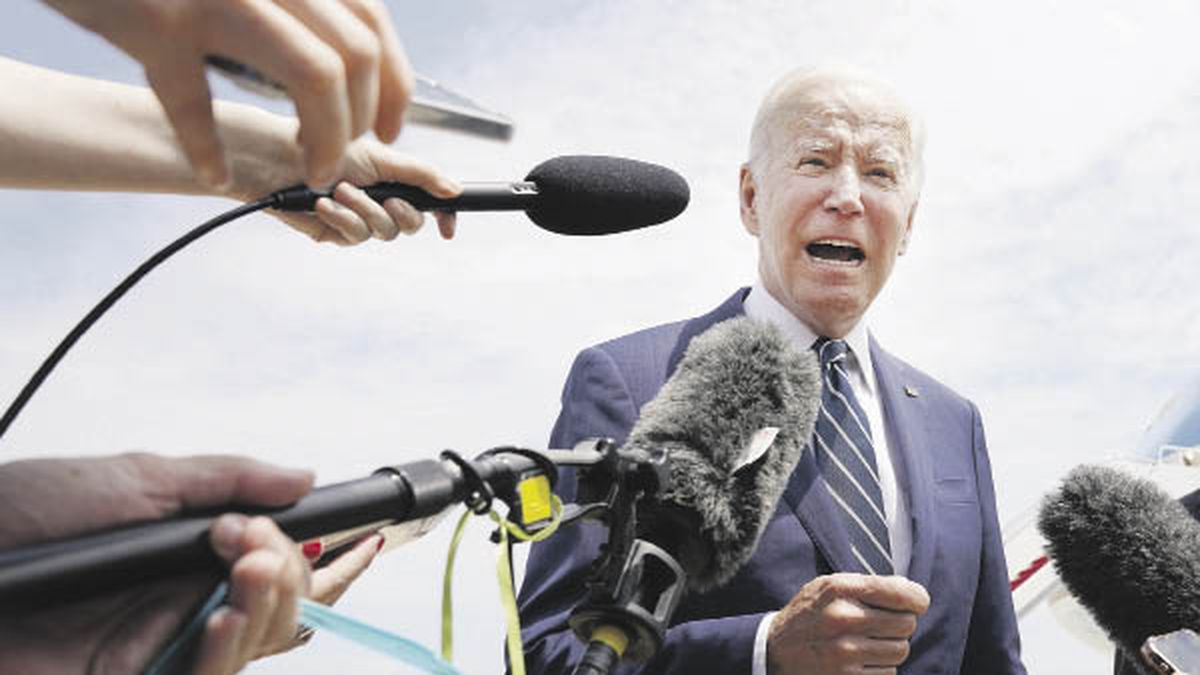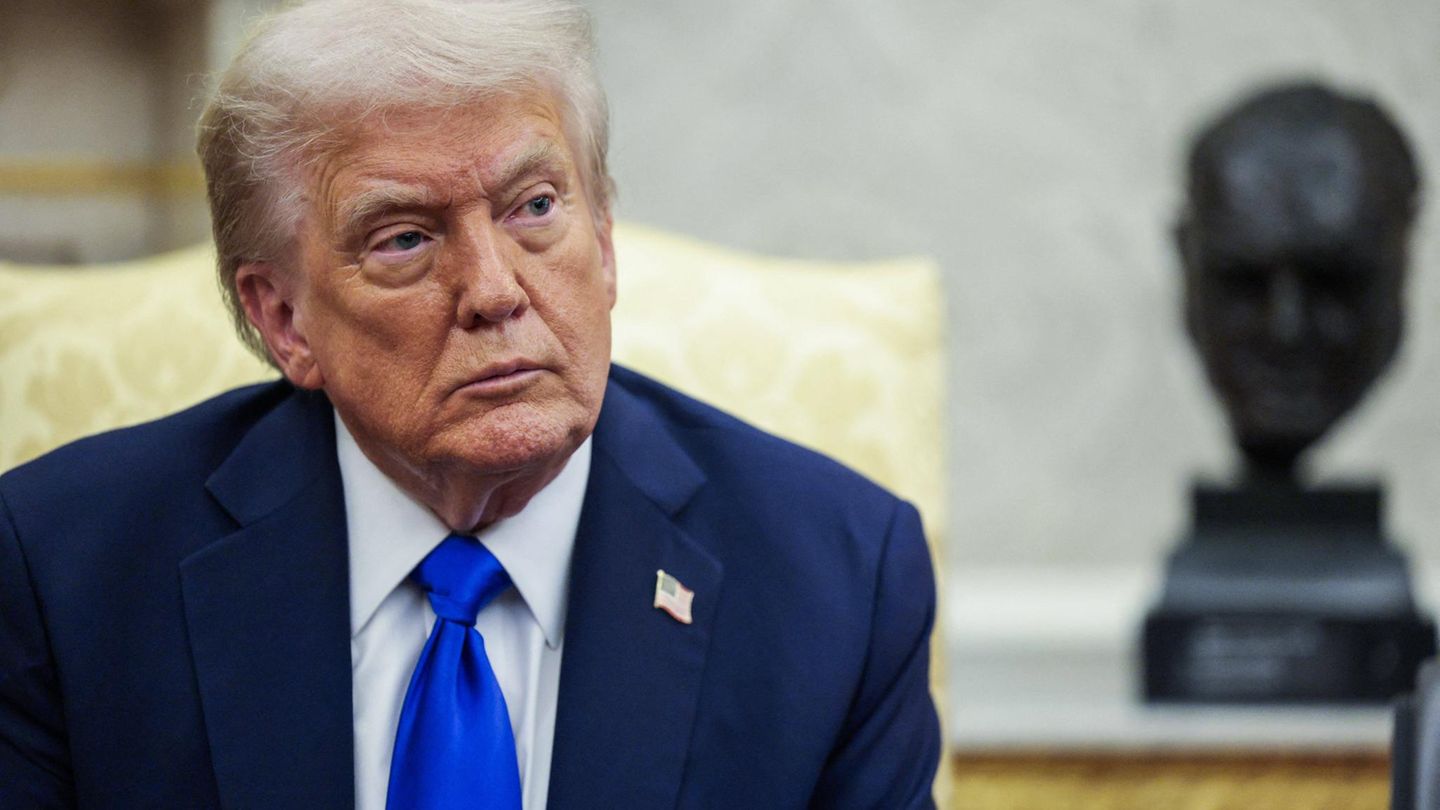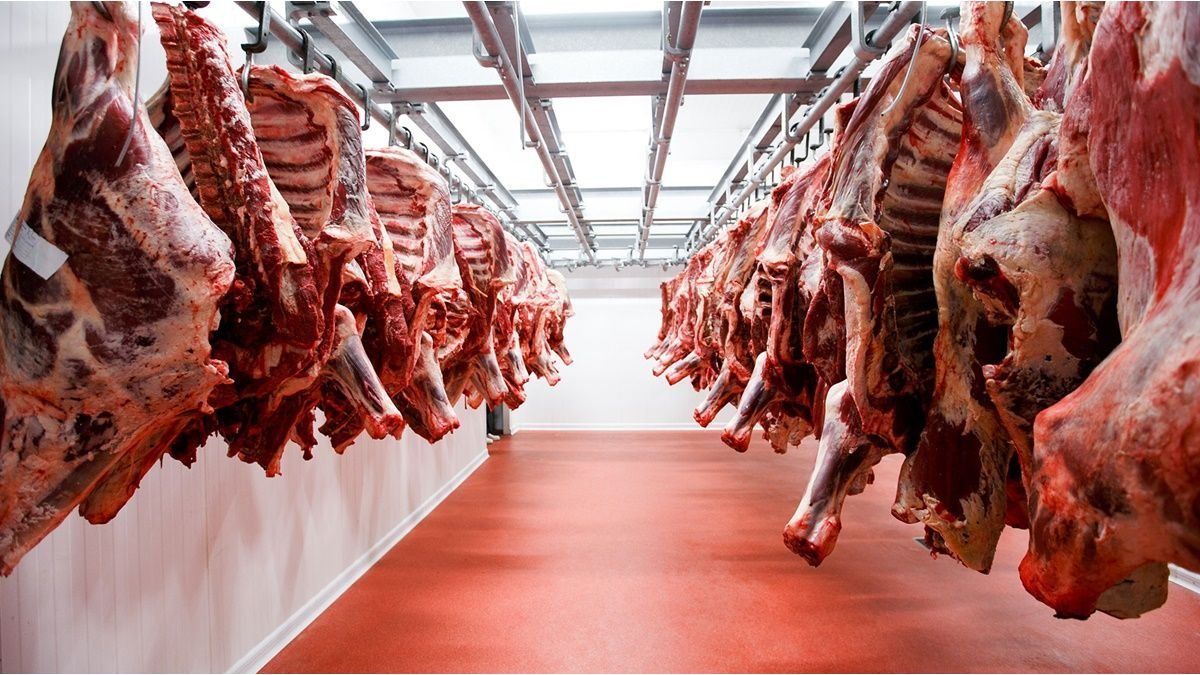Dubbed the “Partnership of the Americas for Economic Prosperity,” the plan will cover five areas including mobilizing investment, reviving the Inter-American Development Bank, revitalizing institutions, creating clean energy jobs, improving resilient supply chains and boosting trade. sustainable.
However, such an initiative – which does not entail a free trade agreement – could face protectionist pushback from the United States, both from pro-government unions and the Democratic Party itself, as well as questions about how the region’s widely diverse economies could make so it works.
Numbers
Data covering the period 2015-2019 indicate that, except for Mexico, Washington’s main trading partner since the signing of a free trade agreement in the 1990s, China has surpassed the United States in Latin America and widened the gap last year. .
The trend, driven by resource-rich South American countries, charts how the United States has lost ground in a region it has traditionally considered its “backyard.”
Current and former US government officials agree that the US was slow to take concrete action and that China, a major buyer of grains and metals, simply offered the region more in terms of trade and investment.
Excluding Mexico, total trade flows –imports and exports– between Latin America and China reached almost 247,000 million dollars last year, according to the latest available data, well above the 174,000 million dollars that it has with the United States.
Day and night
In contrast to Latin America, Mexico’s trade flows with the United States were 607 billion dollars last year, compared to 496 billion dollars in 2015. Its trade with China was 110 billion dollars, compared to 75 billion dollars. dollars six years earlier.
A US official, who spoke on condition of anonymity to Reuters, admitted that Washington faces a difficult challenge. “As long as China is willing to put their money on the table, they seem to be fighting a losing battle,” he said.
China leads trade with Argentina, has expanded its lead in Andean copper giants Chile and Peru, and saw massive progress in Brazil, despite far-right President Jair Bolsonaro’s skepticism that Chinese business interests have too much influence in the country.
Welber Barral, partner in Brazil at BMJ Consultores Associados, said China often provides transport and infrastructure investments that help trade deals in grains and metals, while governments often feel the United States is just rhetoric.
Reuters Agency
Source: Ambito
David William is a talented author who has made a name for himself in the world of writing. He is a professional author who writes on a wide range of topics, from general interest to opinion news. David is currently working as a writer at 24 hours worlds where he brings his unique perspective and in-depth research to his articles, making them both informative and engaging.




